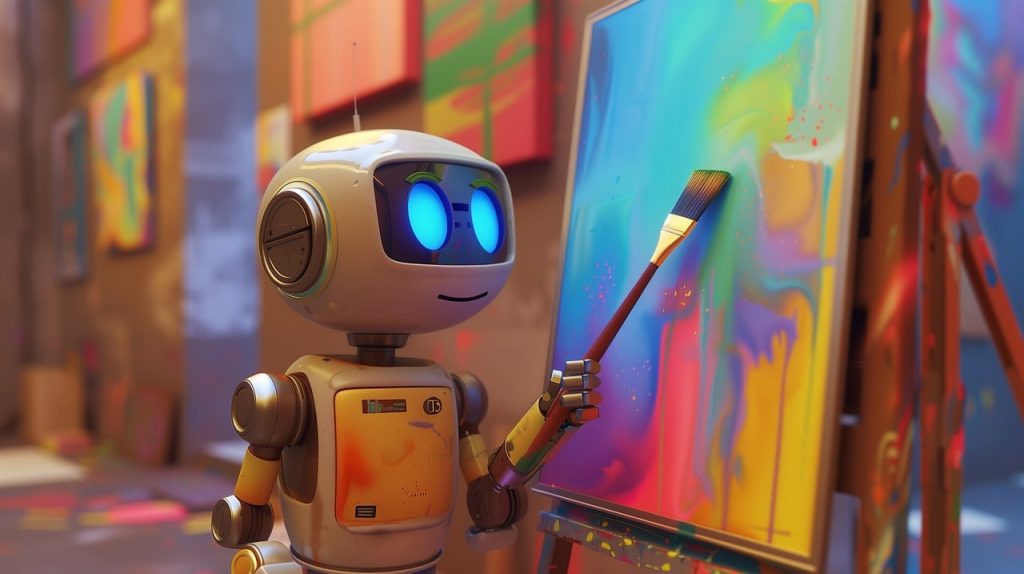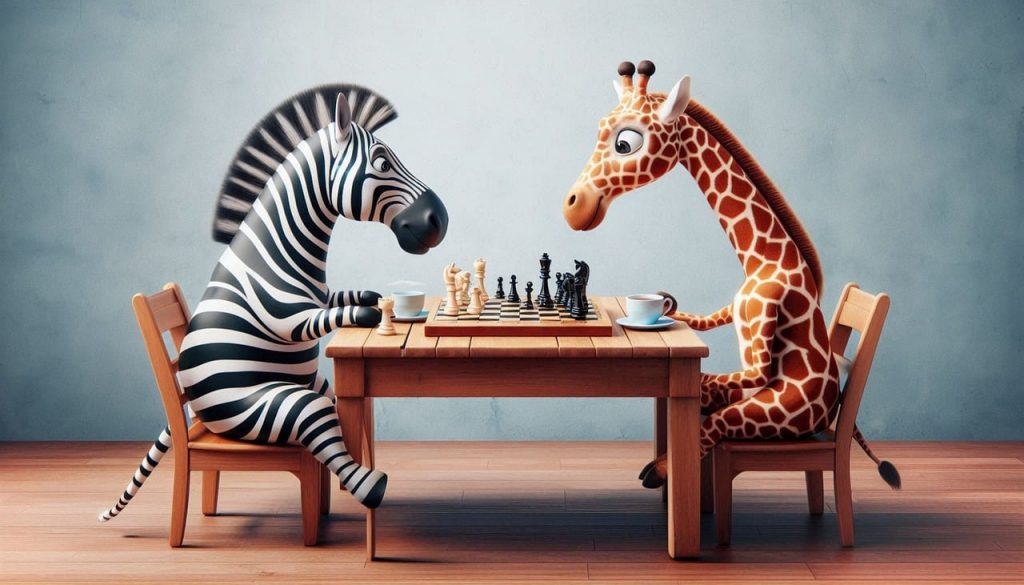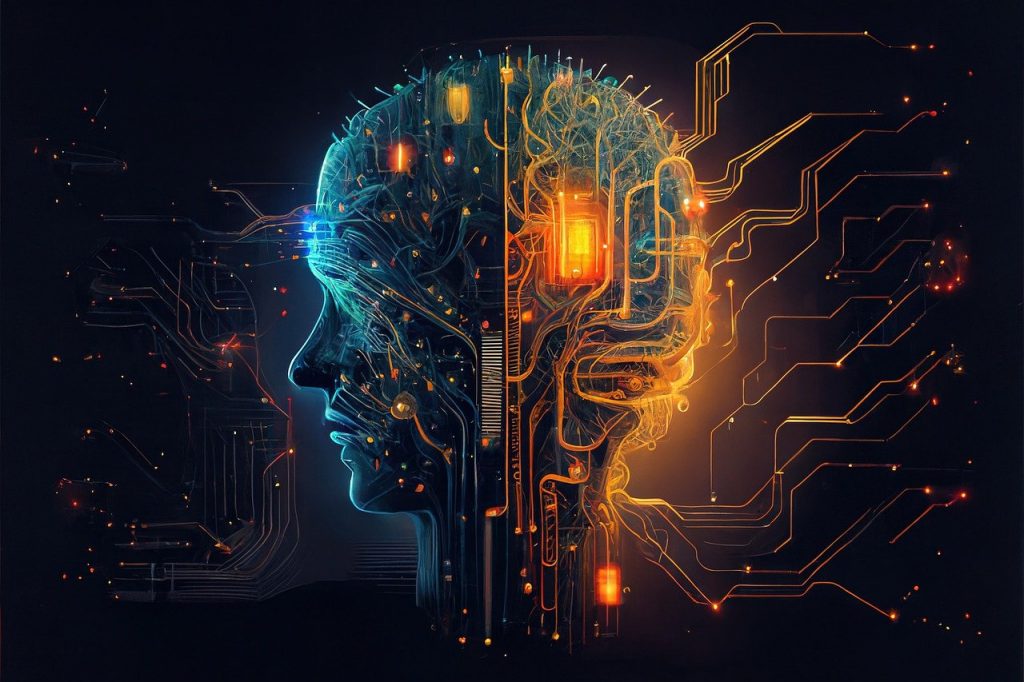A recent class-action lawsuit, spearheaded by a legal team, argues that every image generated by an AI tool constitutes an infringing derivative work. The catalyst for this legal action emerged when Tennessee-based artist Kelly McKernan observed a surge in AI-driven image production resembling their distinctive style. Known for their paintings featuring nymphlike female figures, McKernan blends Art Nouveau with science fiction elements.
A list published by Metaverse Post suggested using “Kelly McKernan” as input for an AI generator to produce “Lord of the Rings”-style art alongside hundreds of other artists similarly listed based on their artistic themes. On the Discord chat for the AI generator known as Midjourney, McKernan discovered their name mentioned over twelve thousand times in public prompts, resulting in images reminiscent of their work, ranging from owls to gothic funeral scenes. McKernan expressed discomfort with the situation, noting how their artistic identity was intertwined with these AI-generated images.
In response, McKernan joined forces with two other artists, Sarah Andersen, and Karla Ortiz, to file a class-action lawsuit against Midjourney and two other AI imagery generators, Stable Diffusion and DreamUp. These generators utilize the lion-5 B database, indexing over five billion images from the internet, including works by numerous artists. The lawsuit, led by attorneys Matthew Butterick and Joseph Saveri, centers on three key issues:
- Unauthorized inclusion of copyrighted artwork in the Laion database
- Lack of compensation for artists
- Absence of attribution for artists’ influence on AI-generated images
Butterick emphasized that every image produced by generative tools constitutes an infringing derivative work.
Copyright disputes concerning artistic style can be complex, with courts sometimes favoring the copier over the original creator. While transformative use has been recognized in some instances, the lawsuit argues that AI generators fail to transcend the source material, merely blending it in a mechanized process. Similar concerns have been raised by Getty Images, which filed a lawsuit against Stable Diffusion for alleged infringement on a massive scale.

Artists’ anxieties have been compounded by the proliferation of AI across various creative domains. A parallel lawsuit targeted Copilot, an AI-driven coding assistant developed by GitHub and OpenAI, which reproduced code from open-source platforms without crediting the original coders. The broader implications of AI’s impact on creative labor have prompted concerns among artists and writers alike.

Kelly McKernan’s experience underscores broader questions about the nature of art in the age of AI. As AI tools become more accessible online, traditional artists fear diminishing opportunities and declining income. Moreover, AI’s ability to mimic artistic styles raises fundamental questions about authorship and creativity with projects like Drayk. It allows users to create AI-generated music in the style of Drake, and the line between fan and creator becomes increasingly blurred.
Some companies, like Authentic Artists, bypass human artists by creating virtual musicians based on AI-generated music styles. However, the resulting music lacks the emotional depth and creative intention of human-made music, prompting skepticism about the authenticity of AI-generated art.

The proliferation of AI-generated art has sparked debates about the nature of creativity and artistic expression. While some argue that AI art represents a new form of appropriation art, others question its depth and originality. Ultimately, the rise of AI in the creative process raises profound questions about the role of human artists and the essence of art itself.

 Bookworm
Bookworm  , literature lover
, literature lover  , and word wizard
, and word wizard  . Let's dive into the world of stories! With each turn of the page, we'll embark on adventures, unravel mysteries, and discover new realms of imagination. From classic tales to modern masterpieces, there's always a new narrative waiting to captivate our minds and hearts. Join me in exploring the power of words to inspire, entertain, and provoke thought. Let's lose ourselves in the magic of storytelling, where every book is a gateway to endless possibilities and endless joy.
. Let's dive into the world of stories! With each turn of the page, we'll embark on adventures, unravel mysteries, and discover new realms of imagination. From classic tales to modern masterpieces, there's always a new narrative waiting to captivate our minds and hearts. Join me in exploring the power of words to inspire, entertain, and provoke thought. Let's lose ourselves in the magic of storytelling, where every book is a gateway to endless possibilities and endless joy. 





